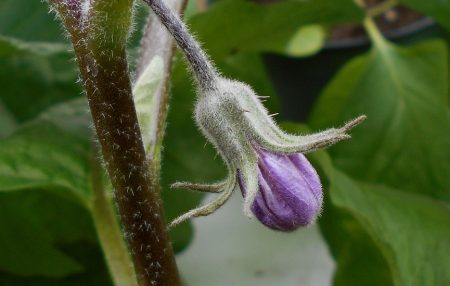
Eggplant buds and flowers fall more often than tomatoes or cucumbers. Plants respond in a similar way to a large number of factors. Eggplant is a demanding crop, and providing them in a greenhouse (and in most regions eggplant can only be cultivated indoors) is difficult.
Content
Reasons for falling flowers
Most often, flower shedding is associated with experienced stress or lack of pollination. In case of stress, not only flowers, but also ovaries can fall.
Pollination
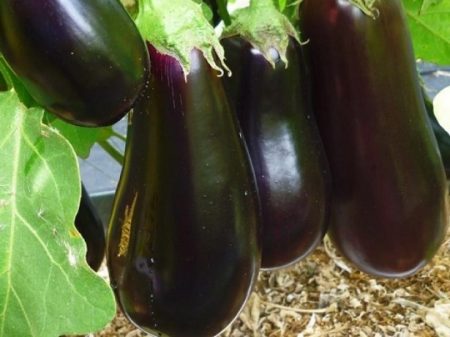
Despite the fact that eggplants are self-pollinating crops, wind is required to move pollen from flower to flower, so the pollination problem inevitably arises in the greenhouse. Un dusted flowers are not able to form ovaries and inflorescences fade, dry and fall.
In addition, pollination may not occur due to loss of fertilization ability by pollen. This is due to inappropriate temperature conditions. Pollen becomes sterile or does not germinate when it hits the pestle at temperatures above + 30 ° C or below + 20 ° C.
Microclimate
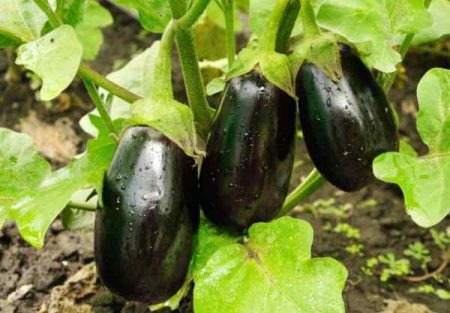
Growing eggplant in closed ground requires careful monitoring of environmental parameters. Not only temperature, the cause of the loss of flowers and buds can be:
- lack of lighting - the plant is highly photophilic, for normal development it requires direct sunlight, which can only be achieved in a glass greenhouse;
- humidity is more than 65% - eggplant has heavy pollen, damp, it gains weight, and flowers can break off under its weight;
- drafts when ventilating the greenhouse - inflorescences massively fall off due to stress.
For growing in a greenhouse, it is worth choosing varieties of eggplants, characterized by low susceptibility to light and duration of daylight hours. These include, for example, “Purple Wonder F1”, “Robin Hood”, “Bull's Heart”, “Snowy” and others.
Deficiency or excess of nutrients
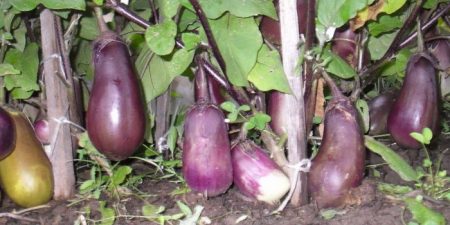
Weak flowering and ovary formation may occur due to improper feeding, poverty or oversaturation of the soil with nutrients. In this case, the flowers fall not massively, but gradually, without forming ovaries.
Due to the impossibility of crop rotation, the soil in the greenhouse is subject to rapid depletion. On the other hand, for the same reason, the soil accumulates all substances entering it in excess (not consumed by plants during the season). Excess fertilizing can go unnoticed if the excess dose is not critical, but if you add an excess of substances from year to year, sooner or later the soil will become toxic. In addition, in the shelter, nutrients are not washed out of the ground along with rainfall.
Fall of flowers without the formation of ovaries is likely in the following cases:
- Boron deficiency. Accompanied by chlorosis at the tips of leaves, fragility of leaves and stems. With a high degree of element deficiency, growth slows down, the edges of leaves and roots die off, old leaves turn yellow and become covered with necrotic spots, flowers, fruits and leaves are deformed, growth points die off.
- Excess nitrogen. The bush grows, stems and leaves grow actively, few flowers are formed, flowering delays are possible.Oversaturation with nitrogen is especially dangerous in conditions of light deficiency and low temperature - the surviving fruits will accumulate nitrates, which are dangerous for humans.
- Excess trace elements. Oversaturation with any microelement (zinc, copper and others) can cause the flowers to fall in eggplant. Overfeeding with boron can also be detrimental.
Spider mite
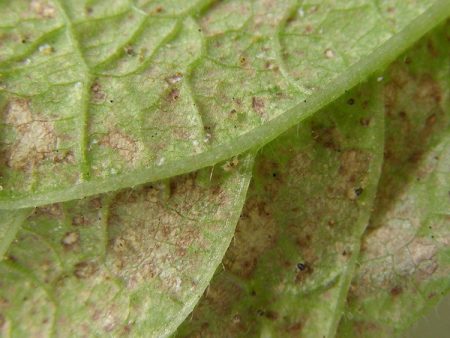
The activity of all pests and pathogens weakens plants and complicates the formation of ovaries, but the spider mite poses the greatest threat to the crop at the flowering stage.
Other symptoms of the lesion:
- the appearance on the leaves of small bright areas;
- gradually the whole sheet is covered with pinkish-white spots, acquiring a "marble" color;
- on the back of the sheet, where pests are localized, a thin spider web forms;
- twisting and wilting of the affected leaves occurs;
- bush growth slows down.
In heat, the pest multiplies rapidly, spreading through the bushes of eggplant. If measures are not taken in time, the insect can destroy the entire eggplant crop.
Agrotechnical violations
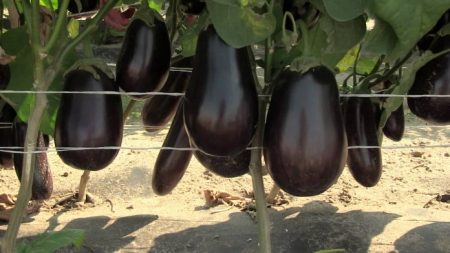
Improper care of the plant can also cause shedding of flowers. A similar reaction is a consequence of:
- drying out of the soil - the culture is sensitive to moisture deficiency in the soil;
- watering with cold water is a strong stress for plants, especially at high air temperatures, not only flowers, but also the formed ovaries can fall;
- high acidity of the soil - eggplants prefer neutral soils, on acidic soil the plants form ovaries poorly, some of the flowers fall.
Treatment measures
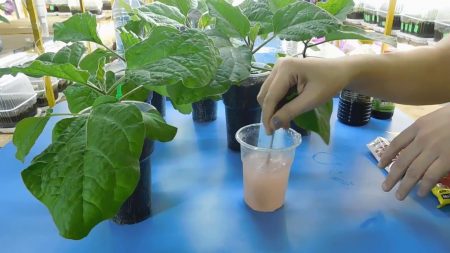
The first measure for falling eggplant flowers for any reason, except when it occurs immediately after feeding with boron, is to spray the bushes with a solution of boric acid (0.05%). This measure stimulates flowering and ovary formation. Do not make boron under the root, foliar top dressing in this case will be most effective.
It is equally important to exclude all violations of the conditions of cultivation and care, as well as to inspect the plants, identifying possible pests, and in case of detection, conduct planting processing.
- In case of problems with pollination, it is recommended to distribute pollen by eggplant flowers manually, using a brush, while simultaneously attracting honey insects to the greenhouse (containers with sweet water, bunch of flowering onions, etc.).
- If it is not possible to provide plants with a microclimate favorable for pollination and ovary formation (temperature, humidity), treatment with stimulants of the ovary (“Bud”, “Ovary”) will help.
- Eggplants that drop flowers due to prolonged rains (which means a severe lack of light and possibly a low temperature in the shelter) should give foliar top dressing with a solution of calcium nitrate (0.07%).
- Weakened plants that have undergone any kind of stress must be supported by treatment with immunomodulators (Ecosil, Epin Extra, and others).
Prevention
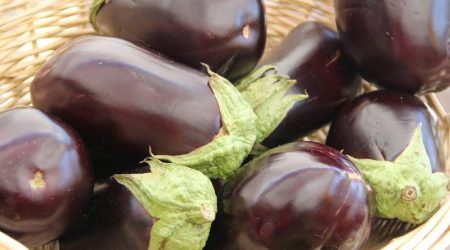
It is difficult to save the eggplant crop in case of mass dropping of flowers. To meet the needs of a capricious vegetable, you will need to make an effort, but without proper care, the plants will simply take their place in the greenhouse.
Key care points:
- Periodic updating of the topsoil in the greenhouse, liming procedure on acidic soils.
- Ensuring a distance of 60 cm between the eggplant bushes to prevent unwanted shading. Between the rows should be about 70 cm.
- Maintaining the required temperature in the greenhouse for flowering eggplant - within + 22 ... + 26 ° C.
- Irrigation of plantings during flowering 2 times a week in the amount of 12 liters per 1 m2. Water for irrigation should have a temperature of + 25 ... + 30 ° C.
- Greenhouse ventilation and air humidity control.
- Regular, but moderate pinching of bushes. It is important to provide light access to fruits, but leave enough leaves for the normal course of photosynthesis. Otherwise, the plant will not be able to "feed" the fruit crop.
On each bush, it is advised to leave no more than 6 fruits. When the ovaries begin to develop, it is necessary to remove other flowers, so that the plant directs all the nutrients to ripen the fruit.
- Proper top dressing. During flowering, eggplants need to be given twice as much phosphorus and potassium than during the growing season. You should not make nitrogen-containing fertilizers at this time, in particular, do not resort to organic fertilizers.
- Application of foliar top dressing with boron (0.05%) and magnesium sulfate (0.01%) 2 times during flowering with a break of 10 days.
As a rule, these measures are enough for the plants to bloom well and form ovaries. If the number of flowers that fell without an ovary on planting eggplants is no more than 40%, there is no cause for concern. This is a normal indicator for this culture, not indicating any deviations in development.

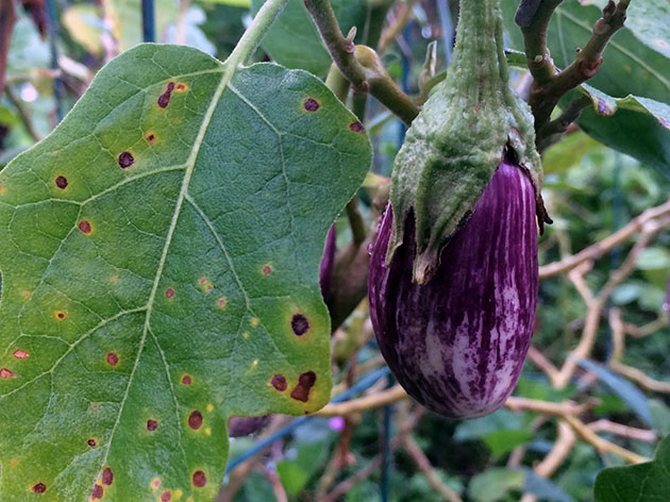
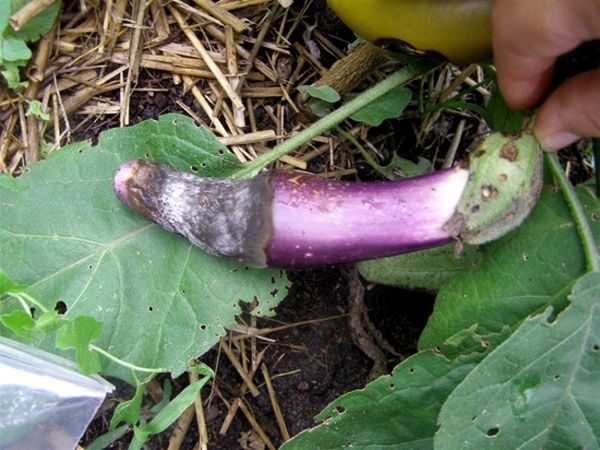
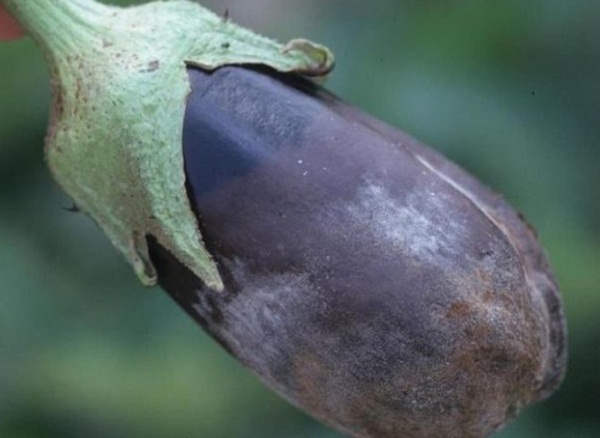
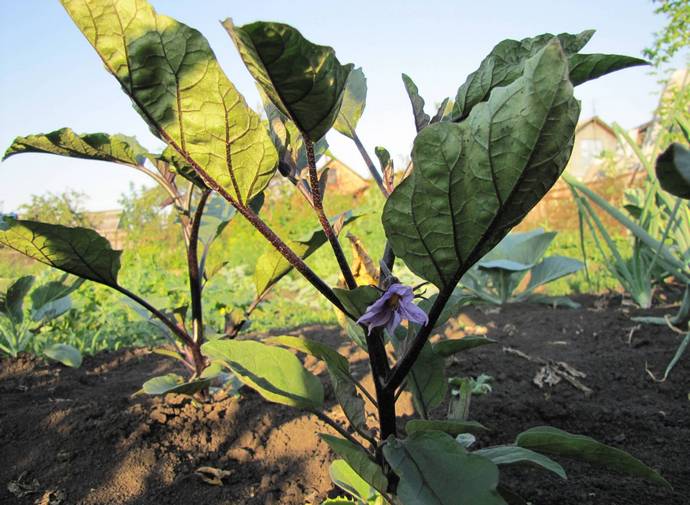 Eggplant have a empty flower? Save together with simple methods
Eggplant have a empty flower? Save together with simple methods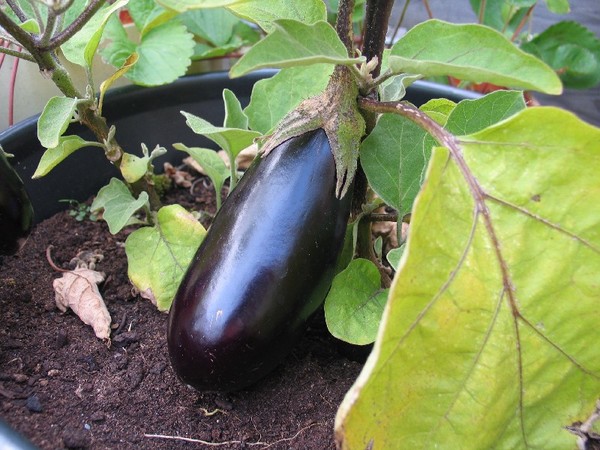 Why and what to do if the leaves turn yellow and wilt in the eggplant
Why and what to do if the leaves turn yellow and wilt in the eggplant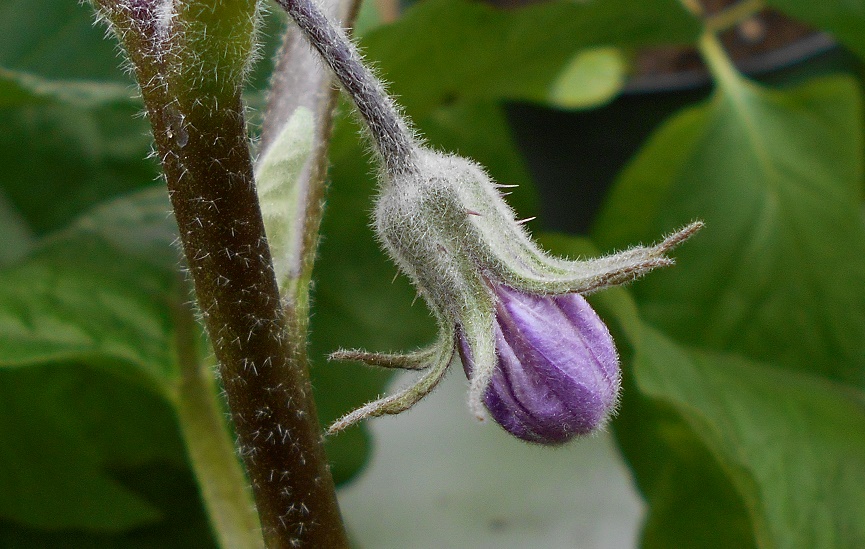 How to help eggplants to prevent flowers falling in the greenhouse?
How to help eggplants to prevent flowers falling in the greenhouse?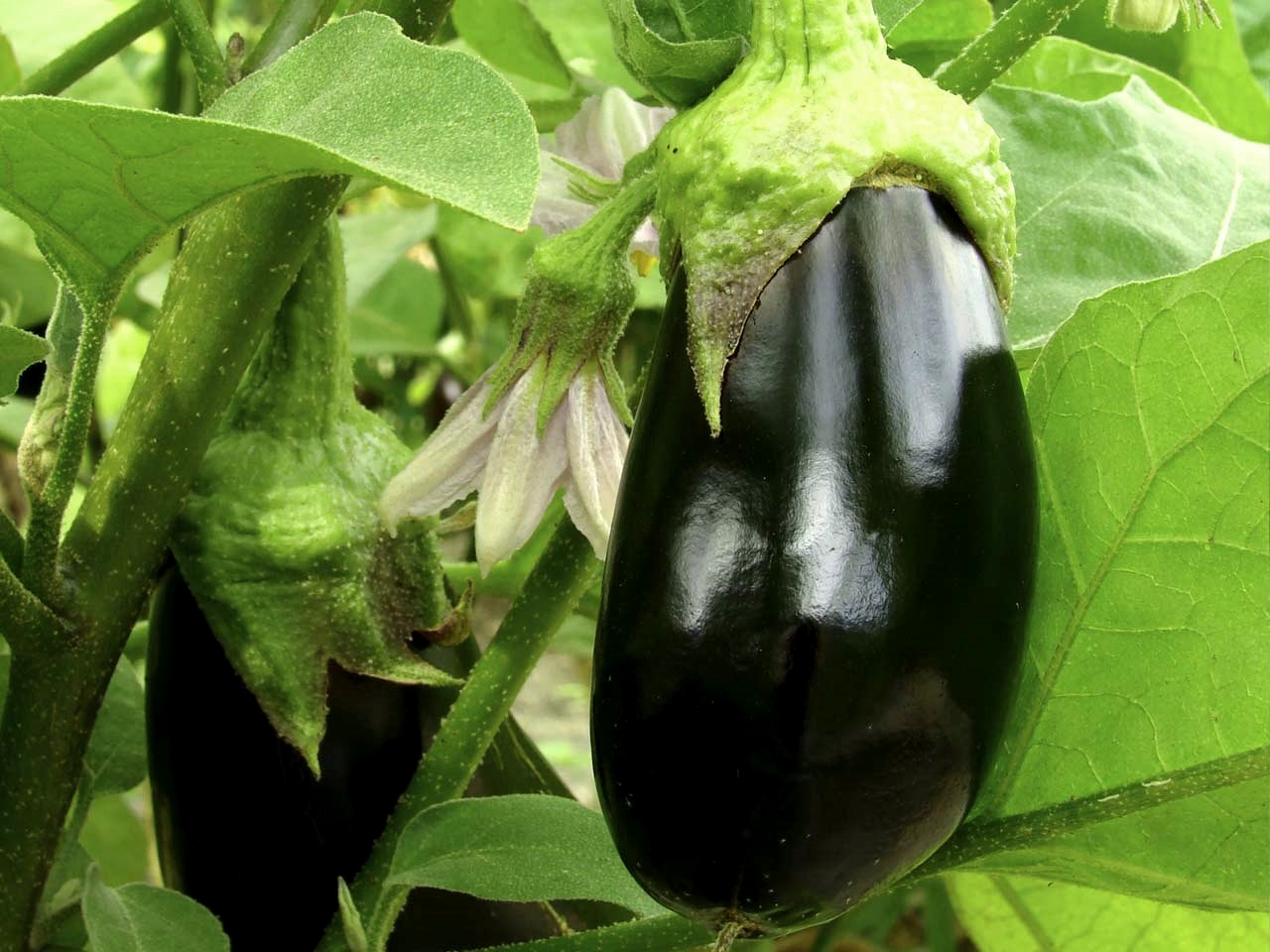 What to do to get a good eggplant crop in a greenhouse
What to do to get a good eggplant crop in a greenhouse